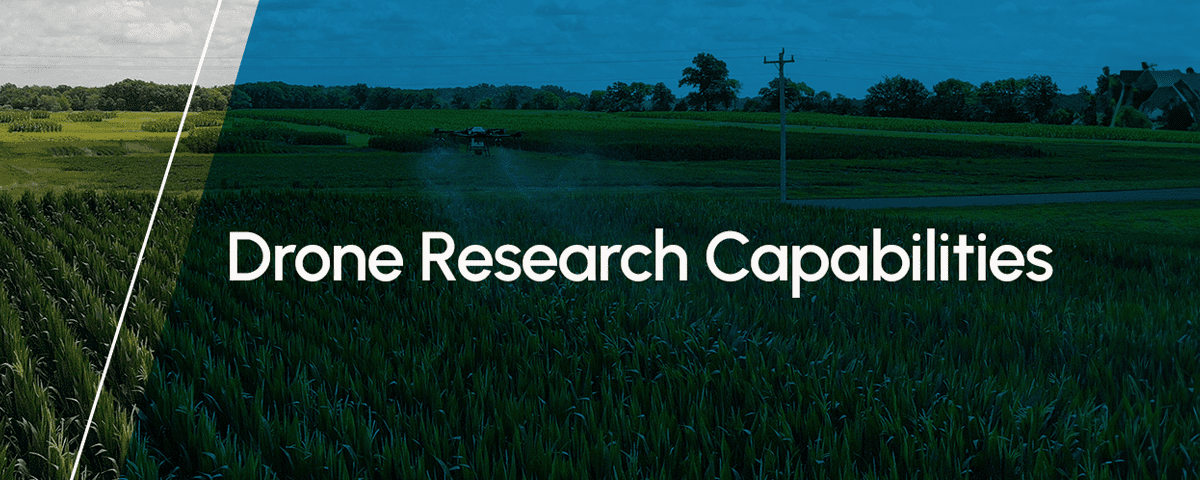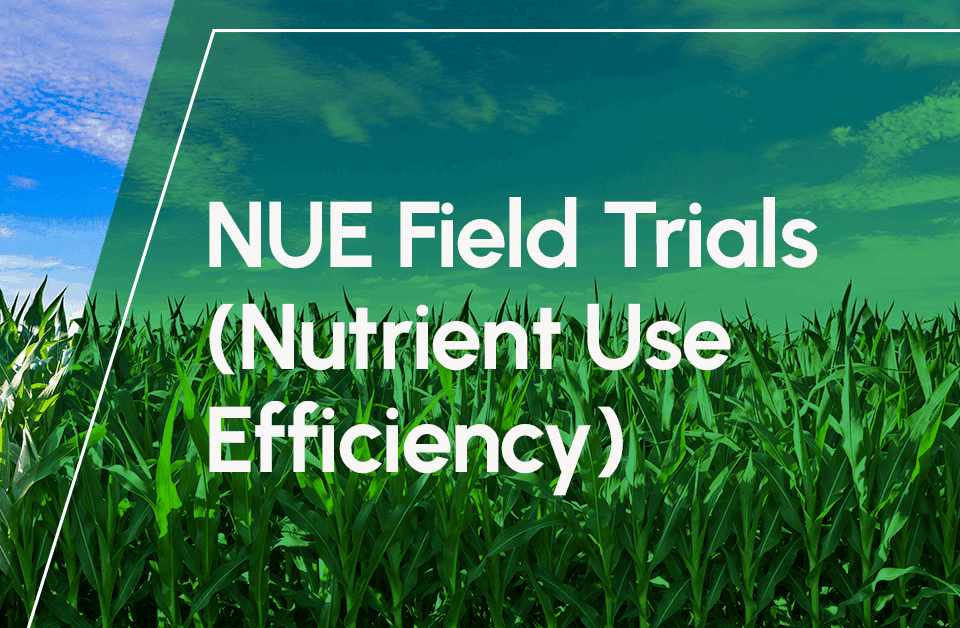
Elemental Enzymes Announces Partnership with AgIdea

Pushing Back on Pest Pressure in LATAM Agriculture
While agricultural research is frequently about looking at new potential technologies and products, it’s not as often that researchers are able to gain an entirely new vantage point — literally.
In 2016, Ben Baechle joined Elemental Enzymes as a Controlled Environment Testing Lead. He put his biology education and childhood farming experience to work doing early-phase testing of product concepts in a controlled environment. Five years later, he transitioned to field testing on row crops as Elemental’s North America Agronomy Lead. He now oversees field testing of product concepts on contract farms across the United States and Canada.
Elemental started using unmanned aerial vehicle (UAV) research technology in 2020, flying over plots with cameras capable of visible and multispectral imaging. These cameras can capture near-infrared and red edge light. Although Elemental uses its own UAVs and in-house certified pilots to fly U.S. research fields, the company does outsource the collected data to a third-party software firm for analysis.
For certain product trials on contract farms in Canada and Latin America, Elemental Enzymes requires its research partners to employ remote-sensing equipment such as UAVs or ground-based robotics. The company is planning to expand Elemental’s UAV use and pilots into Canada in 2025, pending regulatory approval and certification.
Research and UAV technology
One advantage UAV data collection affords researchers is a more rapid roundup of test plots.
“A big driver is efficiency,” Baechle says. “As a smaller company, Elemental is really able to leverage these remote-sensing technologies to collect data efficiently and objectively, versus a time-consuming, subjective assessment with the human eye. We can fly a field in about 20 minutes. If we have to walk that same area, it can take between two and four hours.”
Also, if the UAV data show no plant benefit in the early phase of a trial, the team can shift resources to focus on other projects showing promise.
The objective categorization of data is timesaving as well as qualitatively better. One researcher making visual observations will categorize what they see in one way, which may be slightly different from how another researcher sees it. With many researchers observing the same type of crop in several states, there’s no single standard to align everyone’s observations.
Or, as Baechle puts it: “How do you compare a ‘5’ in one field in Illinois to a ‘5’ in a field in Iowa?”
Interpreting UAV imaging with machine-learning algorithms helps the software standardize visual data across locations. The software can compare a crop to thousands of other flights of the same crop at the same growth stage, enabling researchers to analyze performance across locations.
A third advantage of UAVs is that their imaging allows researchers to detect plant health phenotypes outside the human visual range. While Elemental’s researchers test products for intended uses and hypothesized modes of action, they are also alert to other potential benefits from these technologies. It’s possible there might be impacts only detectable with multispectral imaging.
“If we were just to go out and walk the field and base our product efficacy only on what we can see, we might be missing some of those very important aspects that are underlying the plant, that we can’t see in the visual spectrum,” Baechle points out.
Of benefit to Elemental’s industry partners is that UAV research datasets are abundant, confidently objective, and can be revisited if any plot quality concerns arise later. Animal and storm damage are good examples of outside factors that can inadvertently impact the outcome of a test plot. Elemental still also relies on agronomists to walk into a plot and “ground-truth” certain data.
Once and future uses
Elemental’s crop input technologies primarily address how plants can better arm themselves against pest, disease, or environmental pressures, or how to increase their nutrient-use efficiency. UAVs effectively monitor factors such as canopy closure and evidence of early-season vigor in nutrient-use efficiency trials. They also record plant vigor, plant stand counts, foliar symptoms, and more.
Another use for UAVs is aerial product application. Elemental owns one spray drone, which researchers have used in drift measurement experiments to understand the platform’s utility for field plot research. As farmers know, drone technology is also useful for applying product over small fields or hard-to-access stands.
Since commercial growers employ planes and helicopters to efficiently apply product over thousands of acres, Elemental could look to UAVs to test application volumes of its products. “For our research purposes, the drone is a nice proxy for the total carrier volume that an airplane would use, so we’d be able to answer questions about product efficacy at low carrier use volumes,” Baechle notes. “We could test our product using a drone because the total application rate is similar to that of airplane applications.”




